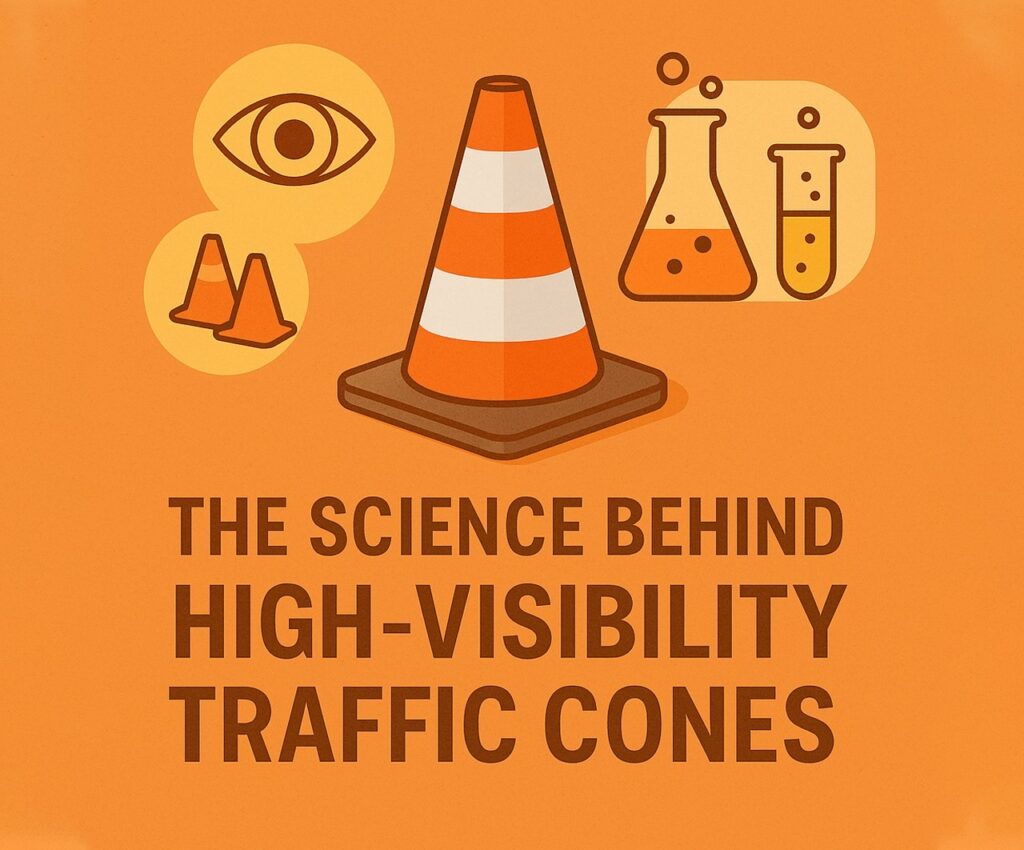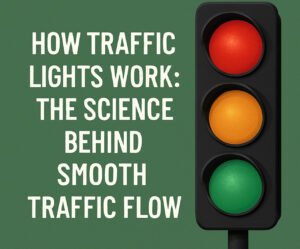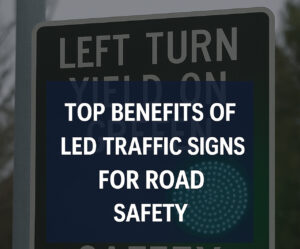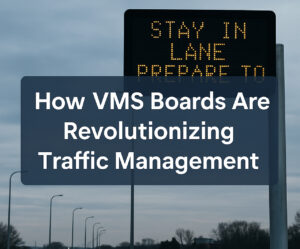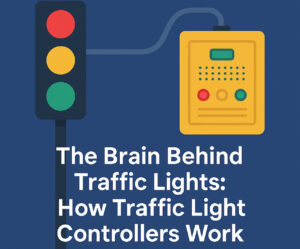When it comes to road safety, few tools are as iconic and indispensable as traffic road cones. Whether you’re navigating through a construction zone, witnessing emergency roadside repairs, or simply parking at a large public event, a traffic cones plays a crucial role in guiding and protecting road users. But what makes an orange cone traffic so effective? The answer lies in the science behind visibility, material engineering, and thoughtful design. Know more..
The Psychology of Visibility
Human brains are hardwired to notice certain colors and shapes more quickly than others. Orange cone traffic is a prime example of using visual cues to catch attention. Orange is in the middle of the visible spectrum and stands out especially well against green or gray backgrounds like foliage and asphalt. That’s why a traffic cone is almost always orange, often paired with reflective white bands for night-time visibility.
These design choices aren’t arbitrary; they’re based on extensive studies in visual perception and human factors engineering. Bright colors and simple shapes alert drivers subconsciously and prompt an almost immediate behavioral change—like slowing down or switching lanes. This makes traffic road cones effective at minimizing accidents and organizing traffic flow.
Material Matters
The material used in traffic road cones is not only tough but also flexible. Most cones are made from thermoplastic PVC or rubber. These materials ensure that if a cone is struck by a vehicle, it won’t cause significant damage but will withstand harsh environmental conditions. The flexibility also means the cone will bounce back into shape after being hit.
Durability is key in both urban and rural settings, where cones may be exposed to blazing sun, heavy rain, or freezing temperatures. UV-resistant coatings are often applied to prevent fading, which ensures the orange cone traffic retains its high visibility over time.
Reflectivity: Safety After Sundown
Daytime visibility is important, but nighttime is where traffic road cones really shine—literally. Most cones are fitted with reflective collars or bands made of materials like glass bead retroreflective tape. These reflective surfaces bounce light back toward its source, such as a car’s headlights, making a traffic cone easily visible from far away.
This retroreflective technology is especially critical in high-speed zones, where early detection of obstacles can prevent fatal accidents. Some high-end orange cone traffic models even come with built-in LED lights or solar-powered flashing beacons for added nighttime visibility.
Design Enhancements
Modern traffic road cones are a product of years of ergonomic and functional design improvements. Weighted bases prevent tipping in high winds or from minor contact. Interlocking features allow cones to be linked together for extended barriers. Some versions include handles or slots for signage to enhance communication in work zones.
Additionally, smart cones embedded with IoT sensors are entering the market. These can send real-time data to traffic management systems, indicating when and where cones are deployed or knocked over—dramatically improving situational awareness for city planners and emergency responders.
Standardization and Regulations
All traffic road cones used on public roads must meet specific standards set by national and international bodies such as the Manual on Uniform Traffic Control Devices (MUTCD) in the U.S. or similar regulatory agencies worldwide. These standards dictate cone height, color, and reflectivity to ensure consistency across regions.
For instance, cones used on highways are generally taller (28 inches or more) and have dual reflective bands, while those used in parking lots or indoor settings can be smaller and less reflective. Understanding these categories helps buyers select the right orange cone traffic for their specific needs.
Environmental Considerations
With rising environmental awareness, manufacturers are also making strides in sustainability. Recycled materials are now being used in many traffic road cones, reducing waste and conserving resources. Some even include bio-based plastics or offer end-of-life recycling programs, adding another layer of responsibility to an already essential product.
Real-World Applications
From construction zones and lane closures to event parking and emergency detours, the use of a traffic cone is vast. Law enforcement and emergency responders rely on their quick deployment to secure accident scenes. School zones use them to guide drop-off and pick-up traffic safely. Even warehouses and indoor facilities use traffic road cones to demarcate hazards or create temporary zones.
Each application highlights the versatility and importance of orange cone traffic in maintaining safety and order.
Cost vs. Value
One might assume a simple traffic road cone doesn’t command much consideration when budgeting for road safety gear. However, investing in high-quality cones pays off in durability, visibility, and long-term performance. Cheaper cones may fade quickly, lack adequate reflectivity, or break upon impact—all of which compromise safety.
When choosing a traffic cone, consider the environment it will be used in, the level of visibility needed, and how frequently it will be deployed. Smart buyers weigh not just price, but the product’s total value and lifecycle.
The Future: Smart and Connected
Innovation in traffic road cones is far from over. The integration of GPS, sensors, and wireless connectivity is paving the way for smarter cones that provide real-time location tracking, usage analytics, and even automatic alerts if they’re displaced or vandalized.
These high-tech orange cone traffic options may initially cost more, but the benefits in safety, efficiency, and accountability are invaluable—particularly for municipal operations and large-scale infrastructure projects.
Conclusion
In conclusion, a traffic cone may look simple, but the science behind its effectiveness is anything but. From high-visibility color schemes and reflective materials to smart technology and sustainable practices, the humble orange cone traffic represents a pinnacle of functional design.
Whether you’re a city planner, a construction manager, or just someone looking to keep a parking lot organized, investing in the right traffic road cones is essential. They are not just tools—they’re lifelines in the complex ecosystem of road safety.
By understanding the materials, standards, and technologies that make a traffic cone effective, we can make smarter choices that enhance public safety and adapt to the changing demands of modern traffic management.

